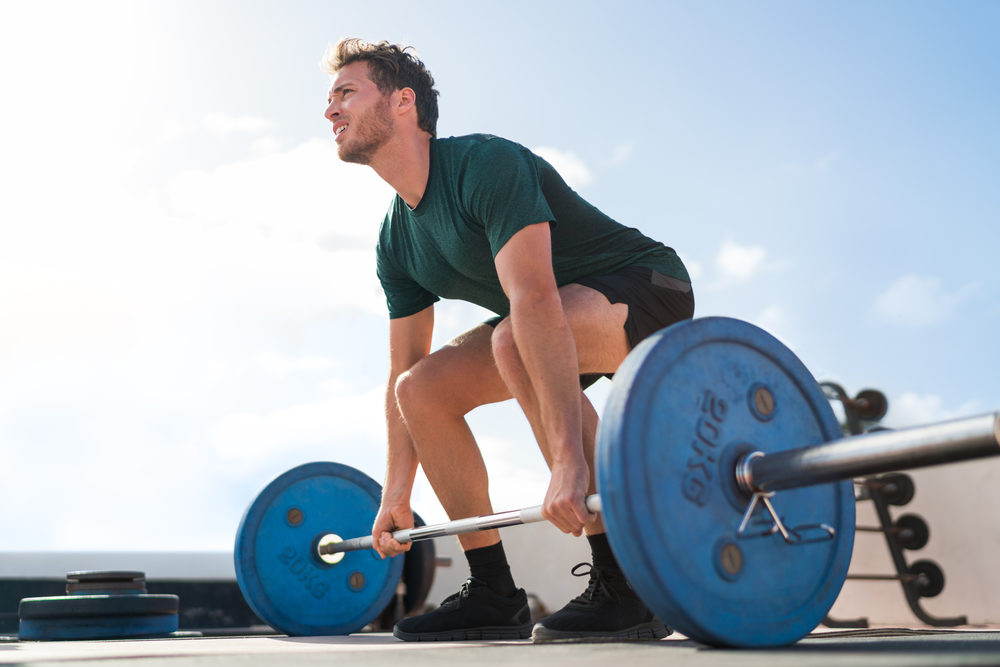Weightlifting is great exercise, but it puts a lot of pressure on your spine. Here’s how to protect your back from injury as you build strength and muscle tone.
Many people lift weights to strengthen their muscles, enhance their fitness, and improve their overall health. However, if you lift improperly, you may suffer serious back injuries.
To prevent these injuries, it’s important to understand what causes back pain and how it can be avoided. Here are three of the most common back conditions resulting from weightlifting, along with practical tips to prevent them.
Herniated Discs
Between each vertebrae in our backs are small sacks of gel known as discs. When these discs are damaged or displaced from their normal position, they can rub against a spinal nerve or surrounding tissue, causing pain and sometimes numbness in the legs or buttocks. Weightlifters who frequently practice deadlifting are most at risk for a herniated disc, but the condition can also occur when athletes lift so much weight that they over-stress their backs.
Prevention Tip: Herniated discs can develop because you’re using your back muscles more than your leg muscles when you lift weights. To prevent a herniated disc, you want to take as much pressure off your back as possible by lifting from your legs. One technique we recommend is focusing on your form while lifting, keeping your spine straight while tightening your core.
Sprains
Weightlifters may also be susceptible to back sprains. With a sprain, a ligament is either stretched or torn — that’s different from a strain, which tears muscles and tendons. Weightlifting exercises that require flexion (forward bending) or extension (backward bending) are the most common causes of sprains. Exercises like rows, bench presses, deadlifts, and curls fall into those categories.
Prevention Tip: Before beginning your weightlifting routine, be sure to warm up your muscles. Abruptly starting your exercises while your body is still stiff can lead to sprains and strains. That’s why it’s important to give yourself time to stretch before you start lifting.
Spondylolysis
Extensions can not only cause sprains, but the movement may also lead to spondylolysis if done too frequently. Conversely, overdoing forward bending might cause herniated discs. Spondylolysis is a serious injury resulting from small cracks or stress fractures in the vertebrae. One common sign of this condition is lower back pain.
Prevention Tip: Properly warming up before exercising can help prevent spondylolysis. If you’re unsure of how to best warm up, a physical therapist or orthopedic specialist can develop a stretching routine for you to follow both before and after you exercise. Other ways to prevent spondylolysis include maintaining good posture and following proper lifting techniques.
General Safety Tips for Weightlifters
Taking the time to stretch before exercising, cooling down after weightlifting, and eliminating any habits that cause poor posture will help you avoid serious injury to your back. Overall, the best way to keep your back healthy is simply to know your own body.
While it’s common to feel your muscles “burn” during a workout and to feel tired afterward, experiencing persistent pain during lifting or an ache that doesn’t go away is not normal. It’s a sign your body is telling you to give it a rest.
If you’re experiencing persistent back pain due to weightlifting, it may be time to consult one of the orthopedic specialists at New York Bone & Joint. Our team of expert physicians and physical therapists can help diagnose your condition and discuss treatment options to get you back in top form. Call or book an appointment online today.




